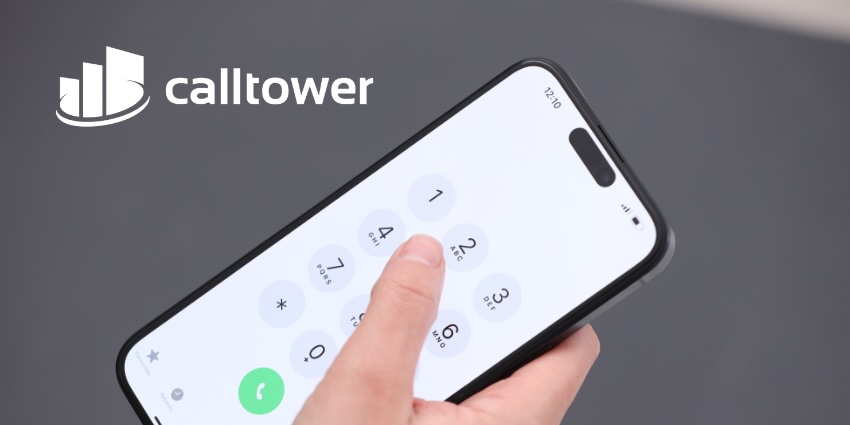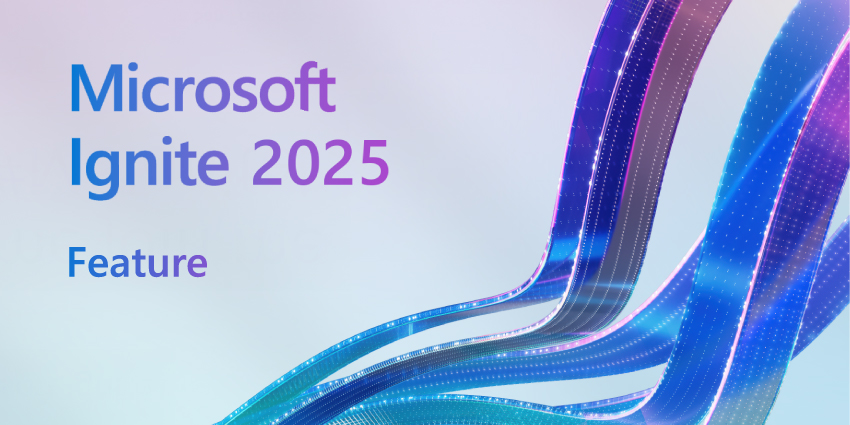The growing demand for mobility and hybrid work solutions has been fuelled by a combination of employee expectations, a post-pandemic working landscape, and tech-driven enablement. Supporting employees’ working mobility is a win for businesses – who benefit from access to global talent and cost savings on office space and commuting costs.
Companies like CallTower are stepping up to the challenge with:
Mobility solutions that enable employees to work seamlessly from any location using mobile devices, cloud platforms, and secure connectivity.
Hybrid work solutions which support a flexible mix of remote and in-office work, allowing employees to choose where they work best.
Seamless Mobile UC with eSIM
The core of CallTower’s mobility offering is their eSIM (embedded SIM) technology. Rather than relying solely on the mobile apps for Microsoft Teams or Cisco Webex, the eSIM allows users to access those UC platforms directly through the native dialer on their smartphone.
Traditionally, employees would need to open the Teams or Webex app on their phone to make and receive calls using their work number. With the eSIM, users can simply open their native phone dialer and select whether they want to use their personal mobile number or their Teams/Webex number to place the call.
This provides a much more seamless and intuitive mobile experience, as users don’t have to context switch between apps. The call is then routed through the eSIM and the company’s UCaaS platform, rather than using the mobile app’s data connection.
The eSIM also enables better call quality, as the call is carried over the cellular network rather than relying on a potentially unstable data connection. This ensures a consistently high-quality audio experience for both the employee and the person they’re calling.
Additionally, by routing the calls through the eSIM, the company maintains visibility and control over the communications. This allows for centralized billing, call recording, analytics, and compliance – features that can be challenging to implement when employees are using their personal mobile numbers for work calls.
The eSIM integration provides a native, high-quality mobile experience for Teams and Webex users, while also giving the organization the management and visibility tools they need to support a mobile workforce.
Ease of Installation
The deployment process for CallTower’s eSIM solution is very straightforward for employees:
- The admin sets up the eSIM service and parameters on the back-end
- The admin then emails the employee a QR code
- The employee simply scans the QR code with their mobile device
- This triggers a setup wizard on the employee’s phone that walks them through the quick configuration process
Ki Jensen, UCaaS Product Owner at CallTower, described it as taking just “a few minutes” for the employee to get the eSIM set up and activated on their device.
There is very little training or technical know-how required on the employee’s part. This simplicity is another benefit – removing barriers to adoption and ensuring quick functionality. This streamlined approach makes it easy for organizations to provision eSIM access across their mobile workforce. Employees can self-serve the setup, without requiring extensive IT support or training resources.
Reaching a Global Network
CallTower’s eSIM solution for Webex has a broader global network coverage compared to going directly through Webex for the eSIM functionality. This is because CallTower is working with a third-party MVNO to enhance the global reach of the eSIM offering. Ki Jensen explained that if you were to get the Webex eSIM directly from Cisco, the network would be “much more confined and smaller” – limited primarily to the United States and two or three other available countries.
So through this partnership, the CallTower eSIM solution can provide a more comprehensive international calling and coverage experience for Webex users. Employees can leverage the eSIM functionality in many more countries around the world, beyond just the limited domestic markets supported by Webex directly.
This expanded global network is a key differentiator and advantage of going with CallTower’s eSIM integration versus the native Webex eSIM. It provides organizations and their mobile workers with greater flexibility and connectivity, no matter where they may be located.
By allowing employees to access their business communications directly through the native mobile dialer, CallTower’s eSIM solution provides a seamless user experience. Workers can easily toggle between personal and work numbers, while enjoying high-quality call clarity and the full functionality of their UCaaS platforms.
Importantly, CallTower has also expanded the global reach of its eSIM offering, partnering with a third-party MVNO to provide broader international coverage compared to going direct with the UCaaS vendors. This ensures organizations can support their globally distributed teams with consistent, high-performing mobile communications.







